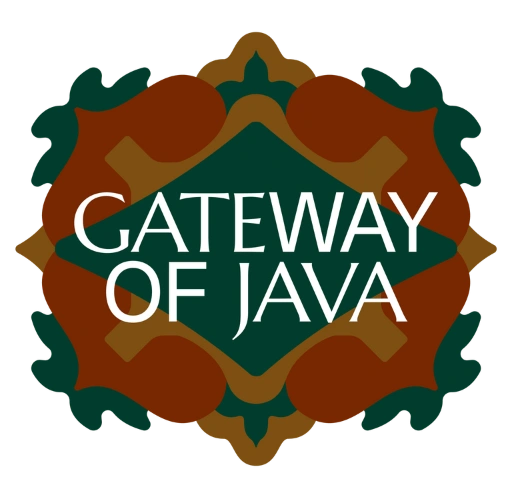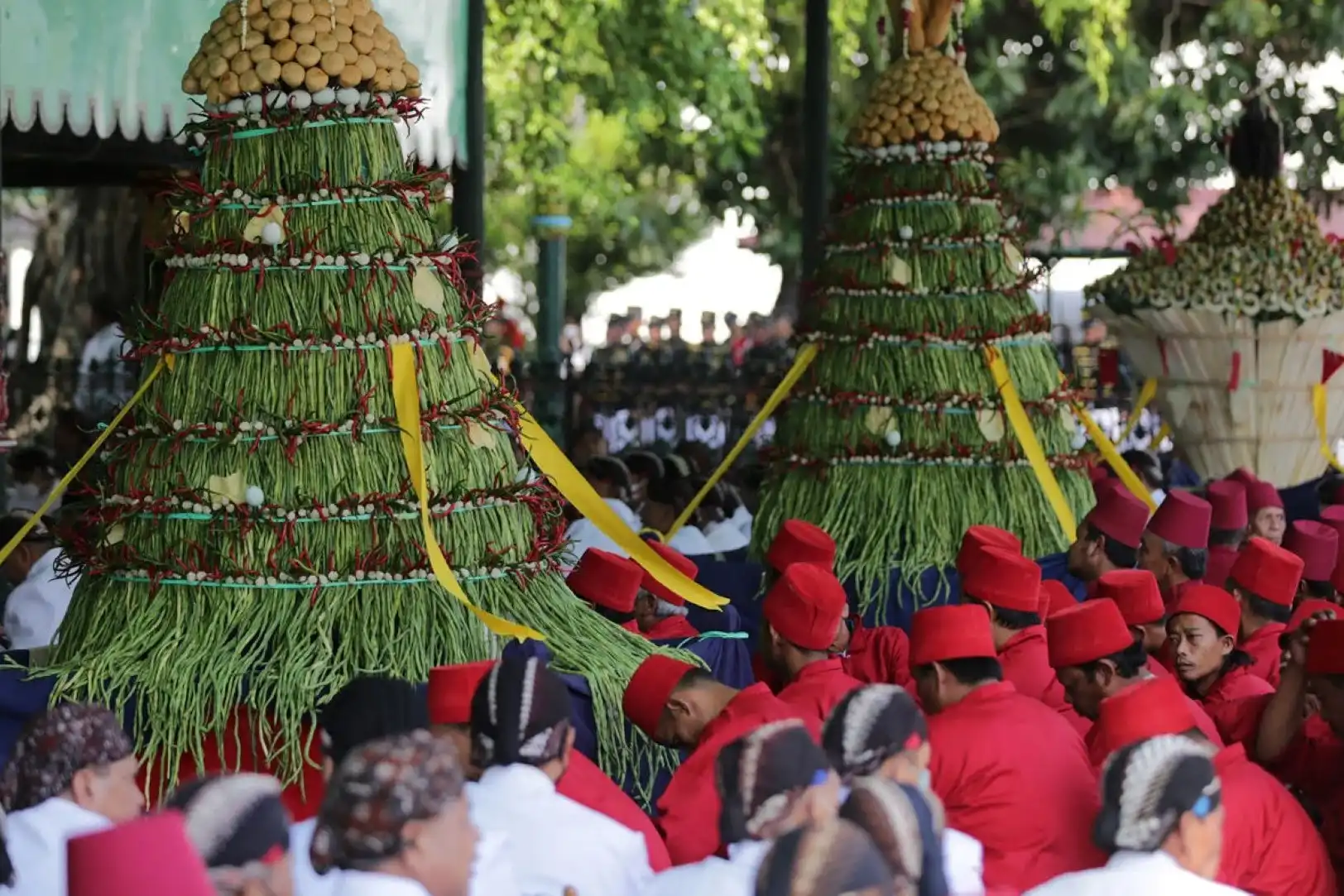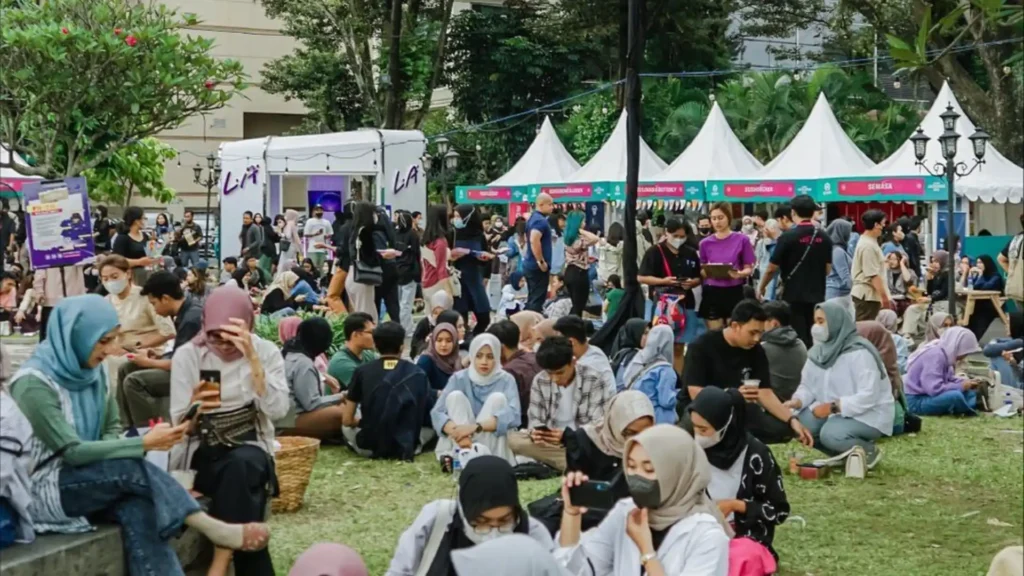Grebeg Sekaten is one of the grandest and most meaningful cultural celebrations held annually by the Yogyakarta Palace. More than a ceremonial ritual, it is a living legacy rich in spiritual and cultural values. Each element of the procession, from sacred gamelan performances to the symbolic parade of gunungan (mountain-shaped offerings), carries profound philosophy, reflecting the harmony between Javanese tradition and Islamic teachings.
Every year, thousands gather around the palace to witness the splendor of this sacred tradition. The atmosphere is both festive and reverent, drawing not only locals but also visitors from across the country and abroad. They come to experience a cultural treasure that cannot be found elsewhere.
So, what makes Grebeg Sekaten truly special? Let’s explore each sacred stage of this deeply rooted celebration that unites history, faith, and festivity.
Table of Contents
Get to Know Grebeg Sekaten
Sekaten is a week-long cultural and spiritual celebration held from the 5th to the 12th of Mulud (Rabi’ al-Awwal) to commemorate the birth of Prophet Muhammad (PBUH). First introduced by Sultan Hamengkubuwono I in the 17th century, it served as a form of Islamic da’wah (preaching) through cultural integration. Islamic values were conveyed through symbolic rituals, gamelan music, and royal traditions, making Sekaten not just a religious festival but a historic milestone in the spread of Islam in Java.
One of the most iconic symbols of Sekaten is the gunungan, an arrangement of agricultural produce shaped like a mountain, symbolizing prosperity, blessings, and the Sultan’s generosity toward the people. Locals traditionally scramble to obtain parts of the gunungan, believing it brings good fortune.
Sacred gamelan sets, Kyai Guntur Madu and Kyai Nogo Wilogo, accompany the ceremonies and are believed to possess spiritual energy that calms the heart and strengthens the connection to the Divine. Their melodies echo the sacredness of the moment and the unbroken bond between tradition and belief.
Adding to the uniqueness of Sekaten is the Bregada Prajurit Keraton, the royal guard dressed in traditional attire and bearing symbolic weapons. More than ceremonial escorts, they embody the cultural and spiritual strength of the kingdom. Today, Sekaten has evolved into a vibrant cultural attraction, featuring night markets, traditional performances, and culinary delights, all while preserving its sacred core thanks to the collaboration between the royal court and local government.
Procession
Each stage of the Grebeg Sekaten procession reflects a deep intertwining of tradition, spirituality, and royal legacy. Far from being mere rituals, these sequences are thoughtfully structured and filled with symbolic meaning, each marking a significant moment in the celebration.
Let’s walk through the main processions that make Grebeg Sekaten a truly unforgettable cultural experience.
1. Miyos Gongso (Miyos Gangsa)

The Sekaten series begins with Miyos Gongso, the ceremonial release of two royal gamelan sets, Kyai Guntur Madu and Kyai Nogo Wilogo, from the palace. They are paraded to Masjid Gedhe Kauman, the central venue of Sekaten.
These gamelan instruments are not played casually. For seven consecutive nights, they are performed in turns by royal court musicians in the mosque’s courtyard. The music is paused during prayer times and on Friday nights, in respect for Islamic values.
Miyos Gongso is more than a musical performance. It marks the spiritual beginning of Sekaten, using harmony and sound as a gentle call for the public to come closer to the mosque and engage with Islamic teachings.
2. Numplak Wajik (Tumplak Wajik)
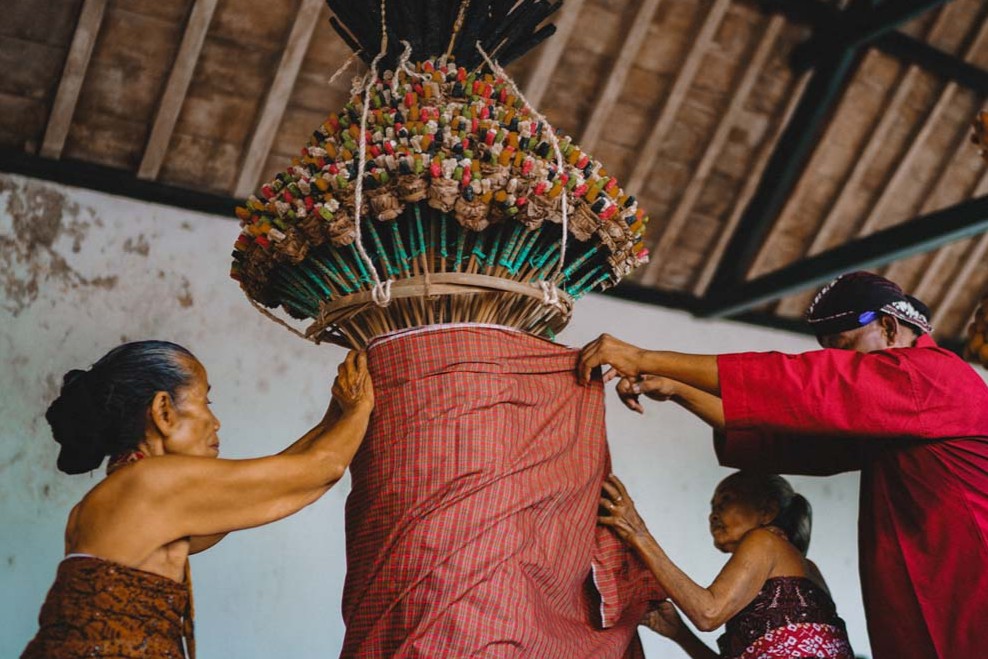
Two days before the peak of Grebeg Sekaten, the Numplak Wajik ritual takes place. This marks the preparation of the gunungan, especially the Gunungan Wadon, which includes agricultural goods, traditional sticky rice cakes (wajik), wooden pestles, and mortars. As the offerings are arranged, the sacred gamelan is played in the background.
Led by royal princesses and female palace attendants, the ritual is accompanied by ancient Javanese chants such as Lompong Keli, Tundhung Setan, and Owal Awil, believed to dispel negative energy and attract spiritual blessings.
More than a symbolic arrangement, Numplak Wajik reflects a cultural philosophy rooted in the balance between humans, nature, and the spiritual realm. It also emphasizes the significant role of women in preserving and passing on ancestral traditions.
3. Kondur Gongso (Kondur Gangsa)
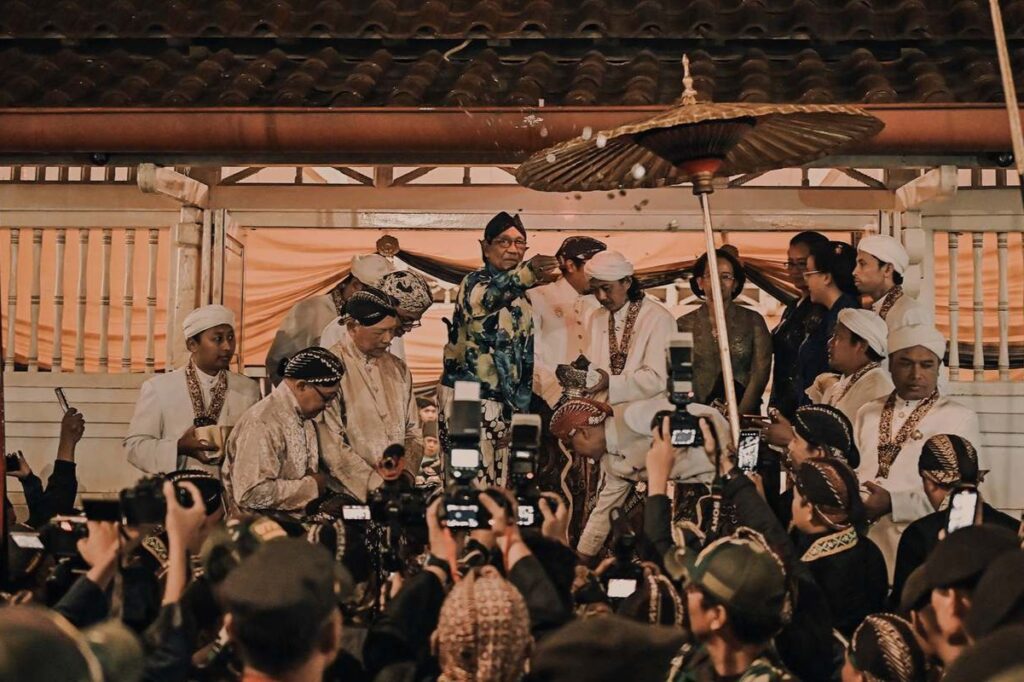
Kondur Gongso is held on the eve of Grebeg Maulud. In this solemn procession, the two sacred gamelan sets that had been played at Masjid Gedhe are returned to the palace.
The Sultan or a royal representative often leads the procession. After a recitation of the Prophet’s birth story (Maulid) at the mosque, the gamelan instruments are escorted back by the palace guards and royal staff. Locals line the streets to witness the sacred return, often with awe and reverence.
Kondur Gongso symbolizes the conclusion of Sekaten’s musical and spiritual phase. Though the instruments are returned, their spiritual essence and the messages of peace and unity remain, paving the way for the festival’s main highlight: Grebeg Maulud.
4. Grebeg Maulud (Grebeg Sekaten)
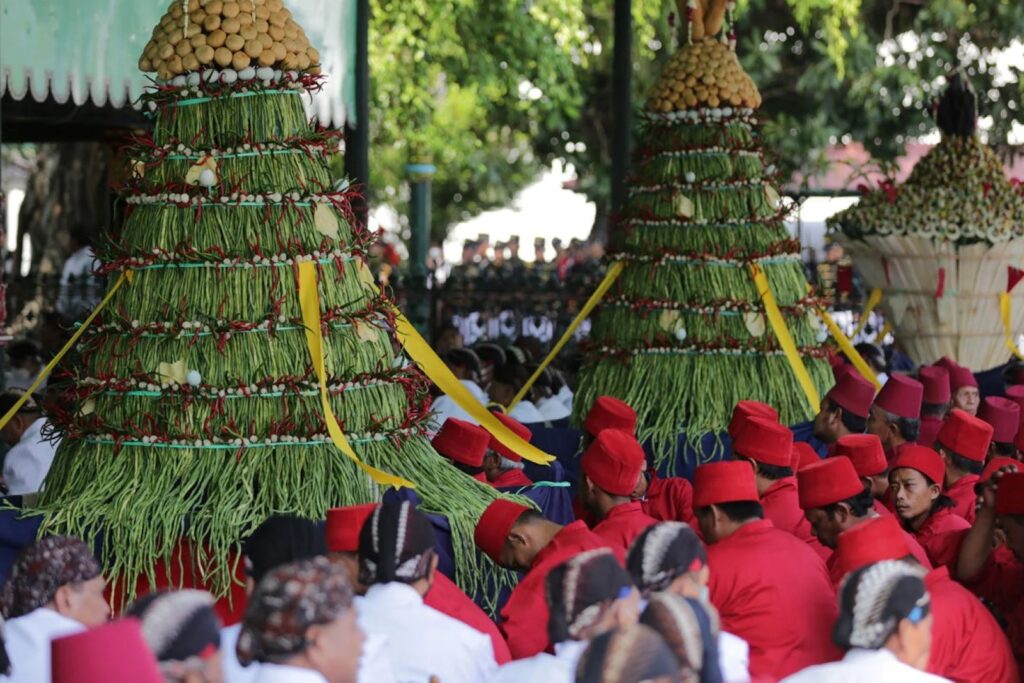
The pinnacle of Sekaten is Grebeg Maulud, held on the 12th of Mulud (Rabi’ al-Awwal) around 11 AM, to honor the Prophet Muhammad’s birthday. The palace conducts Hajad Dalem, a royal offering symbolizing the Sultan’s charity to his people.
Seven gunungan are prepared and carried in a grand parade: three Gunungan Kakung, one Estri, one Darat, one Pawuhan, and one Gepak, each representing different aspects of prosperity and divine blessing. The procession begins at the palace, passes through Sitihinggil and Pagelaran, and ends at Masjid Gedhe Kauman.
Upon arrival, the gunungan are placed and immediately scrambled over by the crowd. This tradition is believed to bring luck and reflects the deep-rooted connection between the Sultan and his people, passed down through generations.
5. Bedhol Songsong
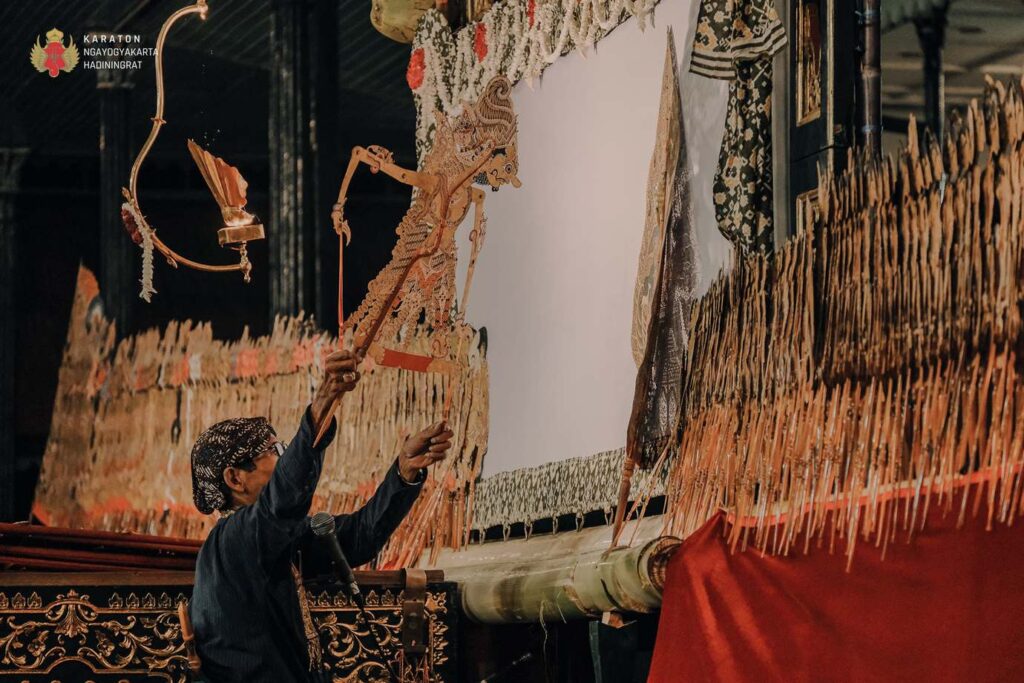
Bedhol Songsong marks the final act of Grebeg Sekaten. Held at night following Grebeg Maulud, it begins with the ceremonial release of the palace’s royal umbrella (songsong), a symbol of the Sultan’s protection and authority.
After this symbolic act, an all-night wayang kulit (shadow puppet) performance takes place, often featuring themes of heroism or spiritual values. It is open to the public as a gesture of gratitude for the successful celebration.
More than entertainment, Bedhol Songsong invites reflection on life, tradition, and spirituality. It concludes the festival in a spirit of celebration balanced with introspection.
Grebeg Sekaten stands as a vibrant testimony to the enduring relevance of ancient traditions in the modern world. By weaving together cultural heritage, religious devotion, and social unity, the celebration continues to thrive in the heart of Yogyakarta.
From sacred gamelan rhythms to the symbolic gunungan offerings, each moment of Sekaten is filled with meaning. It is not just a cultural performance, it is a living, breathing legacy of harmony between faith, culture, and community.
